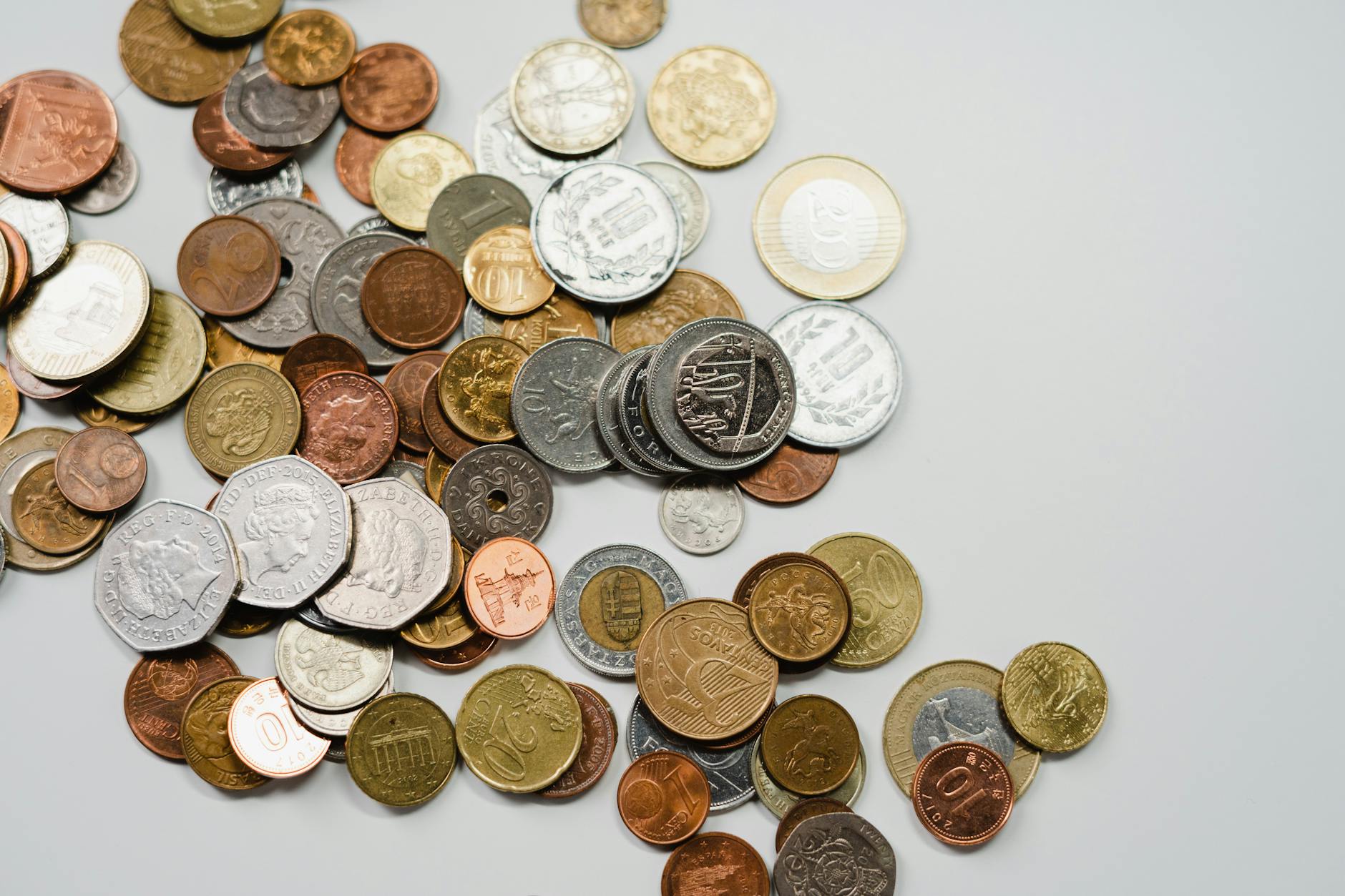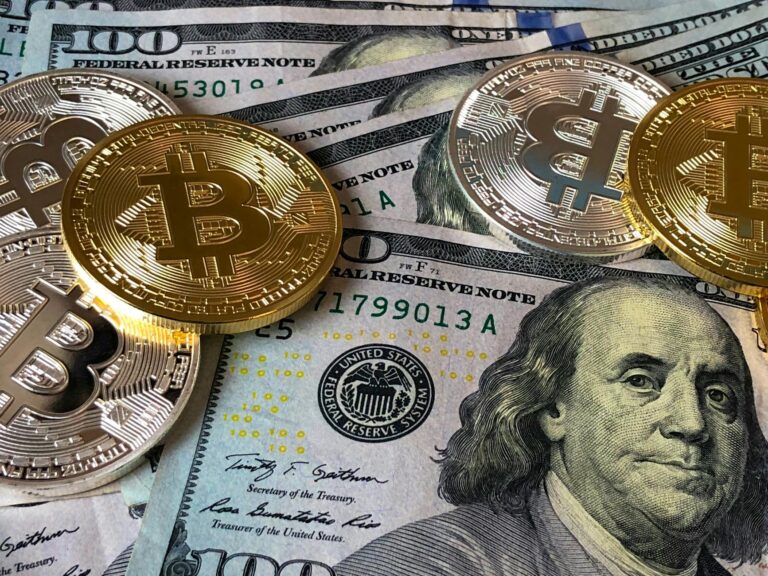Central Banks Are Quietly Ditching the Dollar—And Hoarding Gold Instead
You know that feeling when everyone at the table suddenly stops trusting the house rules? That’s exactly what’s happening with central banks right now. Across the globe, they’re slowly moving away from the U.S. dollar—and piling up gold like there’s no tomorrow. A recent survey shows it’s not just one or two countries; this is a full-blown trend. Geopolitical tensions, worries about the dollar’s future, and good old-fashioned risk management are driving this shift. And honestly? It’s kind of a big deal.
De-Dollarization Isn’t Some Conspiracy Theory Anymore
Remember when people who talked about moving away from the dollar were labeled as fringe thinkers? Yeah, not anymore. Last year, central banks bought a record 1,136 tons of gold—the most in over 50 years. That’s insane when you think about it. The whole Bretton Woods system was built to make the dollar the king of currencies. But now? Countries are looking at each other sideways, hedging their bets like poker players with weak hands.
So Why Gold, Exactly?
1. Geopolitics Is Messy Right Now
Look at what happened to Russia. One day they’ve got billions in dollar reserves, the next—poof—frozen solid. That woke up a lot of central bankers. Gold doesn’t care about sanctions. It doesn’t answer to any government. As economist Carla Martinez puts it: “When the system starts cracking, gold is what people reach for.” And she’s not wrong.
2. The Dollar’s Looking a Bit… Shaky
Here’s the thing—$34 trillion in national debt isn’t exactly reassuring. Neither is stubborn inflation. The dollar isn’t about to collapse tomorrow, but let’s be real: history shows what happens when reserve currencies lose discipline. Remember the British pound? Exactly. Financial analyst Raj Patel says it best: “The dollar’s still top dog, but it’s not the only dog in the park anymore.”
3. Everyone Wants Options
Emerging markets especially. China’s been buying gold for 18 straight months while quietly trimming dollar holdings. It’s not rocket science—they’re playing the long game. Gold’s been around for 5,000 years; it’s seen empires rise and fall. That kind of staying power matters when you’re managing a country’s wealth.
What the Numbers Say
Get this: in 2020, only 8% of central banks planned to increase gold reserves. Now? It’s 24%. Turkey, India, Poland—they’re leading the charge. Meanwhile, Germany and France are sitting tight with their existing stacks. Makes you wonder who’s got the right strategy, doesn’t it?
What This Means for the Rest of Us
For the Dollar:
If this keeps up, the dollar could lose some steam. Higher borrowing costs for the U.S., tougher debt management—the works. But here’s the catch: there’s still nothing as liquid as the dollar. Try buying oil with gold bars and see how that goes.
For Gold:
Prices smashed records this year—over $2,400 an ounce at one point. Miners are working overtime, and countries like China are keeping more of their gold at home. Smart move or overreaction? Time’ll tell.
The Big Picture:
We’re looking at a fundamental shift in how trade happens. Some countries are already using yuan or euros between themselves. Others are flirting with digital currencies. As IMF deputy director Elena Moreno says: “The future isn’t one currency ruling them all—it’s several playing nice together.”
Who’s Making the Biggest Moves?
- China: Sitting on 2,200+ tons of gold while pushing yuan-based trade. Subtle.
- Russia: Basically had to rebuild their whole system around gold after sanctions hit. Ouch.
- Turkey & India: Both regular people and central banks are buying like crazy—especially when their own currencies act up.
Gold Isn’t Perfect Though
Let’s not romanticize it. Gold’s heavy to store, tricky to sell quickly, and its prices bounce around. During a real crisis? Good luck offloading bullion as fast as you can sell Treasury bonds.
So Is Gold Taking Over?
Not exactly. Most experts agree the dollar isn’t getting replaced anytime soon. But gold’s role as a safety net? That’s growing fast. Strategist Liam Fox puts it well: “We’re not going back to the gold standard. We’re heading toward a mixed system—gold, digital currencies, maybe even a few surprises.”
The Bottom Line
When central banks start stockpiling gold like doomsday preppers, you pay attention. The dollar’s still the global heavyweight, but the aura of invincibility? Gone. For investors, it’s a wake-up call to diversify. For policymakers—well, let’s just say the rules of the game are changing. As one European banker told me: “When America’s own friends start hoarding gold behind closed doors? That’s when you know things are different.”
Source: Financial Times – Global Economy











